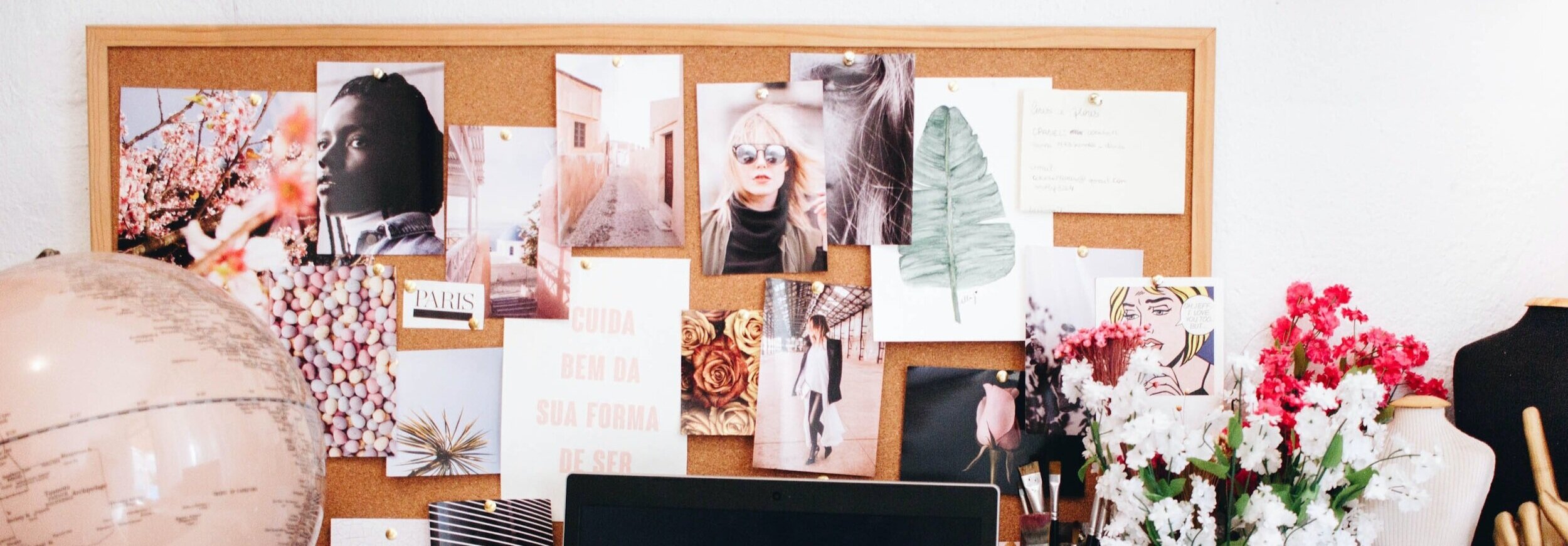
What Is A Trend Forecaster?
Each season, fashion industry retailers fill the stores, e-commerce and social media channels with their latest offerings. Merchandised carefully into groups and trends, the goal is to showcase the ‘must haves’ of the season, enticing customers into handing over their credit cards.
But where do these trends come from? And aside from a design team, who decides what we should all be wearing and investing in each year? We talked to Rhiannon Jones, Senior consultant at Trend Forecasting service Trend Bible to find out how her role plays an instrumental part in our outfit and lifestyle choices.
Rhiannon, what is a trend forecaster and what services do you provide for Retailers?
A trend forecaster helps brands and retailers to look ahead, to see how the consumer will be thinking and feeling at the time at which product drops. Services such as online subscriptions and trend forecasting books are some of the ways we provide that information.
What determines a trend?
As trend forecasters we track the momentum and direction of ideas which can lead to macro trends and smaller micro trends. Trends are usually driven by products, people or processes. Even the seemingly small trends, for example the hair clip craze, is part of something much bigger, in this case Millennial nostalgia.
What are some of the day to day challenges you face?
Trend forecasting is a careful balance of the analytical brain and gut intuition. As a forecaster you know when to look for patterns in the data and when to quieten the brain and find your way more intuitively. On top of that, you need to remain open and set aside any bias you may have, there's no room in trend forecasting for bias and it may shield you from the signals of a developing trend.
How has the role of a trend forecaster evolved during your time in the industry?
There’s no doubt the pace is changing, however the patterns and methodologies we use as trend forecasters remain largely the same. Social media has had a huge impact on the rate at which trends are adopted. You only have to look at meme culture to see how quickly messages or trends can be created, diffuse through society and then flatline - as new memes or ideas quickly take over our feeds. Despite this change in pace the pattern the meme (or trend) follows is very familiar. It is up to forecasters to distill the ‘flash in the pan’ trends from larger shifts i.e Mega Trends.
The pandemic has had an enormous effect on the fashion industry, how do you see trends shifting in 2021 and beyond?
While (almost) nobody could have predicted the pandemic itself, a lot of the behaviours we have seen come to the forefront were already on our radar. People were increasingly working and socialising at home which created a boost in loungewear, board games, bar carts and at home self-care routines. We expect to see this ‘homebody’ economy continue beyond the pandemic as people find comfort in their new social bubbles.
What do you believe is essential for someone starting a career in trend forecasting?
One of the most important skills you will need as trend forecaster is to be able to set aside your personal bias. Bias can be a huge barrier to spotting trends as you need to look beyond your personal projections to see how a cultural shift may develop. Practice cultivating openness and curiosity, move away from the notion of right or wrong and ask ‘what if’.
As well as a Trend forecaster, you’re also a mindset coach. Tell us more about why this is important to you and what you do for your clients:
I get a huge buzz from working with brands and retailers but I saw an opportunity to harness the same tools and techniques for personal development. I created Your Future Realised as a way to help people map out and realise their own futures. My introduction course The Future Mindset is currently free for the next 2 weeks as I celebrate enrolling a new ‘cohort of futurists’ onto Your Future Realised.
Lastly, could you give our readers an exclusive sneak peek at an upcoming trend for 2021:
I think 2021 will follow two extremes; on the one hand the homebody trend will continue as we see increased anxiety levels post pandemic - expect luxury loungewear, natural fibres and calming colours to evolve as we look to new ways to cocoon ourselves at home. The opposing trend will be one of all out maximalism, a celebration of optimism and joy, bright colours and even brighter patterns.
Meet Rhiannon
Rhiannon is Senior consultant for Trend Forecasting service Trend Bible as well as a mindset coach for her own creation Your Future Realised.
Her introduction course The Future Mindset is currently free for the next 2 weeks!
Based in London, UK, Rhiannon has previously been a trend consultant for WGSN and worked alongside Debenhams and SuperDry as part of their strategy and insight teams.
Connect with Rhiannon:
Related Articles.
What Does A Technical Designer In The Fashion Industry Do?
Based in LA, Damaris Barajas has been a Technical Designer for the likes of BCBG and Perry Ellis. Here she explains everything you need to know about this role in Fashion.
Stories | By EG/Damaris Barajas | 07.15.20
Meet Justin Cabal, Fashion Stylist.
A man of many hats, Justin shares his experience of being a Fashion Stylist, Influencer and reality TV star and gives advice on what it takes to make it into Fashion styling.
Stories | By Emma Golley | 05.12.20
Want To Become a Top Fashion Buyer?
Katie, an Associate Buyer for Timberland delivers the ultimate guide on what is needed to become a top fashion buyer in the industry
Stories | By Katie Guest | 07.15.20







